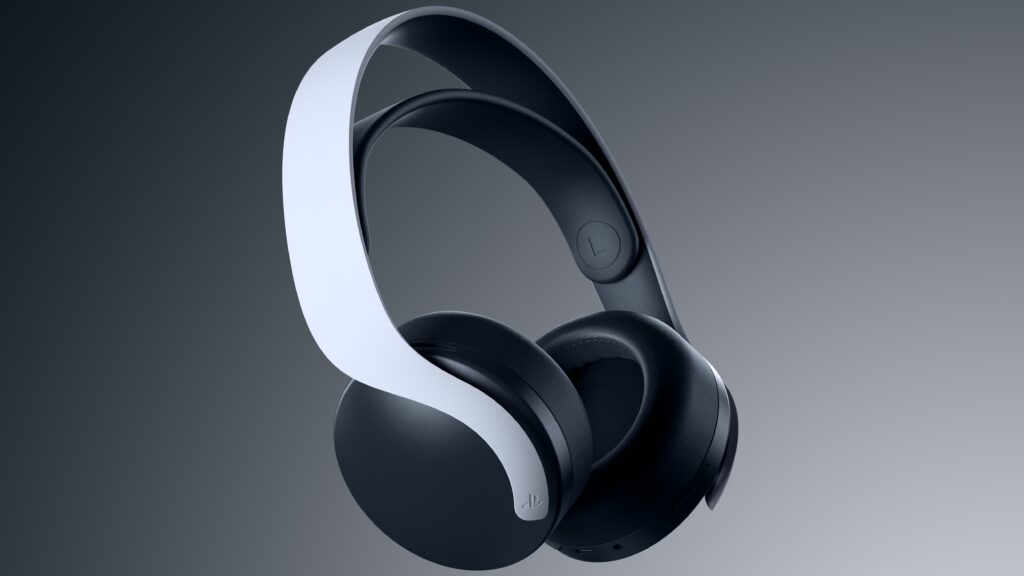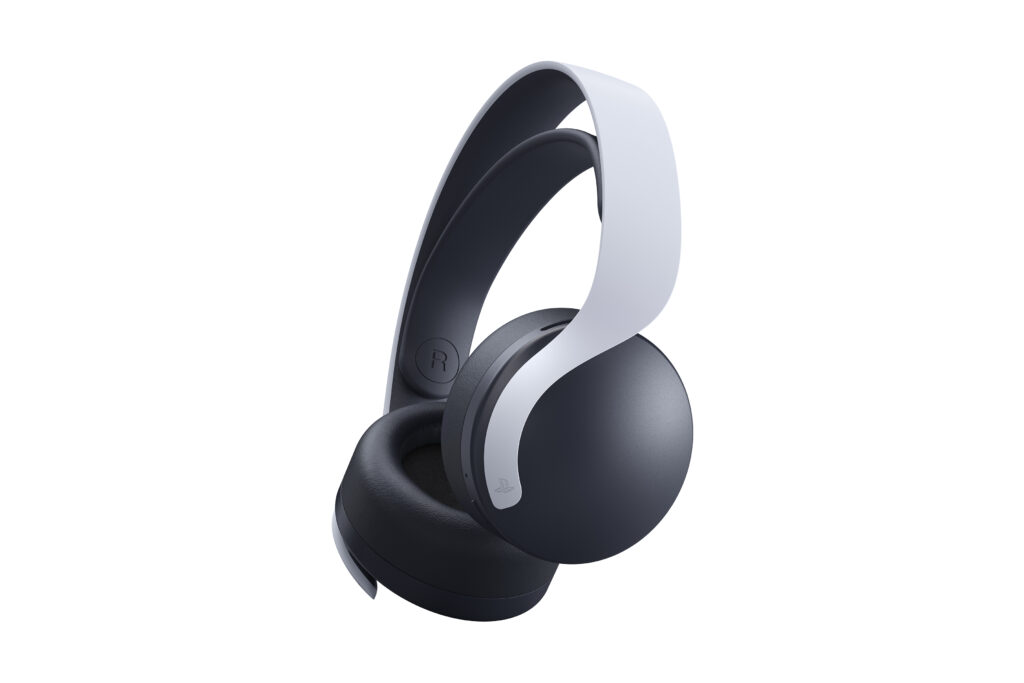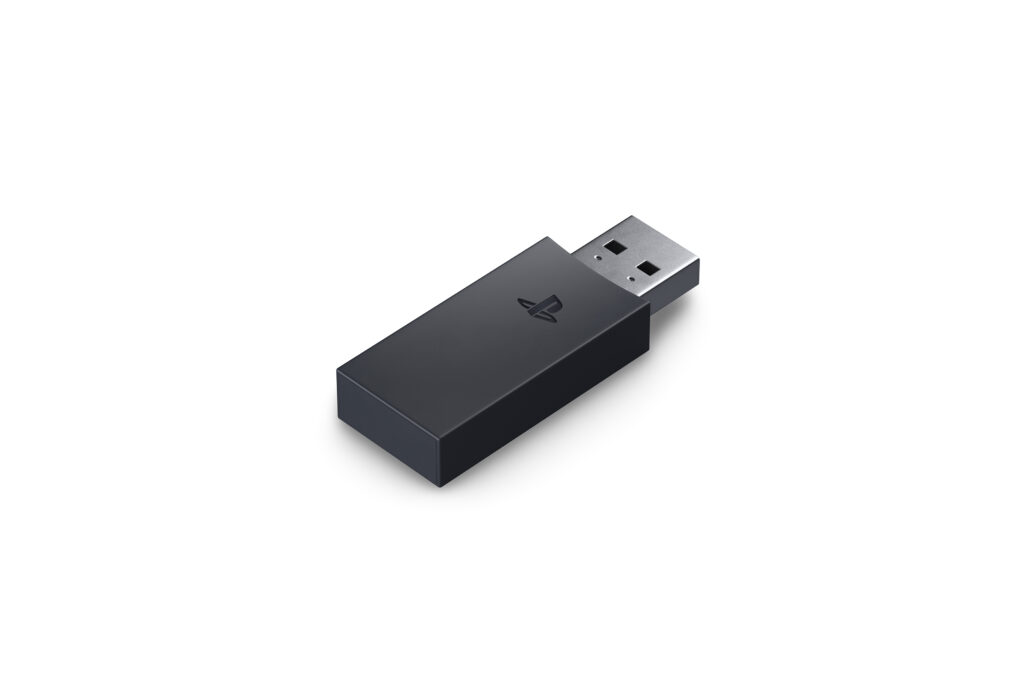
PS5 Pulse 3D Headset Review: How to make Resident Evil Village even scarier
There’s a sequence in Resident Evil Village where the (literally) fierce Lady Dimitrescu, enraged that you’ve already killed one of her daughters, slices off protagonist Ethan Winters’ right hand and stalks you through the depths of her mansion. It’s a terrifying experience on its own devices, scrambling for safety, unable to even fire a gun in self defence as you nurse your bloody stump.
If that’s not enough for the hardcore horror fans (or gluttons for punishment) amongst you, there’s a way to make it even more horrific though – 3D audio. Hearing Lady D’s mocking, vengeful taunts echo around you, her murderous claws scraping the ageing, decrepit walls, or your own panicked footsteps and frenzied breath as if you’re making the sounds yourself provides a far more immersive experience, ratcheting up the tension phenomenally.

We should know, as we’ve spent the last week testing out the PS5 Pulse 3D wireless headset, this generation’s dedicated audio solution from Sony, following in the footsteps of the first-party wireless headsets that graced PS3 and PS4. Beyond the catchy name, the Pulse 3D packs in a host of new features, chiefmost being arguably the easiest way to take advantage of the PlayStation 5’s “Tempest” 3D audio technology.
Game audio can often be an afterthought for players, especially those lacking the budget or space – or both – for a dedicated sound system. Headsets are generally a good compromise, allowing a better and more directional auditory experience than your TV’s in-built speakers, without needing to find space for 5-7 discrete speakers and a subwoofer around your living space. For gamers, they provide the added benefit of sparing relatives or housemates from having to hear your latest play session, while often incorporating microphone functions for online multiplayer communication.
The Pulse 3D does all of the above, and does so (mostly) in style. The cans themselves are brilliantly designed, packing a host of controls into the left can – the power switch, a volume rocker, and a chat-game rocker that adjusts the balance of how much in-game audio you hear versus how much of your teammates’ chatter comes through. For those who play online a lot, particularly in team-based games, that will be a useful feature. There’s also a ‘Monitor’ button, to check how you sound to others, and a mute button for the microphones, plus a USB-C port for charging and a 3.5mm jack.

The microphones themselves are discreetly embedded in the cans, removing the need for an unwieldy stalk mic on a rotating arm. They do a solid job of picking up ambient audio when you’re speaking, perfect for casual play, but streamers or YouTubers may still prefer the directionality of a dedicated mic arm as they can pick up distracting background sounds on occasion. For the average user though, the hidden mics make the Pulse 3D more aesthetically balanced and less cumbersome, while providing solid performance for friendly communication needs.
Set-up is a doddle, too – plug the included USB dongle into your PS5, turn the headset on, and you’re good to go. The PS5 will switch to the Pulse 3D automatically when detected, pushing all sound the the headset – we’d never quite noticed how deep and rich just the system background music is until now. Alternatively, you can connect the Pulse 3D to your PS5 DualSense or PS4 DualShock controller via the 3.5mm jack (the cable for this is also included) to channel sound via the joypad, although this does seem to drain the controller’s battery. You can use the same method to connect to a PSVR headset, while the USB dongle can be plugged into a computer to use the headset wirelessly for games, media, or even video calls there.

The Pulse 3D is a surprisingly comfortable headset, too. It weighs in at a mere 295g, and there’s a generous 3cm of padding for each ear, covered in a soft pleather outer. The clasping pressure is a nice balance, tight enough to keep the headset on but not so tight that you’re likely to sweat excessively and make everything gross. The only problem is that the headband that provides that satisfying clasp is by far the headset’s weakest aspect. It’s plastic and the cheapest-feeling aspect of the device, with little flex – anyone with a larger head might want to be cautious stretching it when putting the Pulse 3D on or off. While the headband’s gentle curves and shell white colour provide a two-tone look to the headset as a whole, contrasting the black cans to match the sweeping architecture and colour scheme of the PS5 itself, the narrow points the band comes to for each ear mean there’s not much manoeuvrability in the cans, either.
Thankfully, its performance makes up for those minor quibbles. Satisfyingly weighty bass meets nicely sharp treble, with clear mid-range performance that ensures dialogue isn’t drowned out. The Pulse 3D provides excellent surround sound for just about any game, doing an excellent job of supplanting one of those space-dominating real-world speaker set-ups, but its in games that make use of the Tempest engine where it really shines.
While not every game takes advantage of Tempest yet, all of Sony’s first party titles do – and increasingly so do those from third-party developers, such as Resident Evil Village maker Capcom – and the difference is transformational. In Returnal, for instance, developer Housemarque uses the feature to better situate you in the strange alien world of Atropos, with unnatural sounds crooning out of the darkness and the howls of monstrous enemies encircling you. You can hear their movements around you, allowing you to better place their location, and there’s an impressive use of distance as well as direction – when a Lamiadon swoops past you or a Kerberonyx pounces on top of you, you’ll get a real sense of presence. Given many of the enemies in Returnal fire barrages of energy attacks at you, lending combat in the game something of a bullet hell attribute, there’s also a subtle but impressive sizzle as the bolts of energy burn through the air towards you.

Other games, such as Spider-Man: Miles Morales use 3D audio for greater ambience. Swinging around Insomniac’s brilliant recreation of the Marvel Universe’s Manhattan, the city comes alive more than ever as all the background chatter and urban bustle surrounds you. It’s particularly striking how well the audio shifts as Miles traverses New York, snippets of conversations whizzing past you as you zoom by.
The Pulse 3D is also a solid choice for watching film and TV with, be it via streaming platforms or on Blu-ray or 4K UHD if you have the disc-based PS5. Hardcore cinephiles might prefer a properly calibrated sound system – and if you want a top-tier Dolby Atmos level experience, you won’t get that through these headphones – but these are going to be a very, very good ‘next best thing’ for most people. We tested Pacific Rim on 4K UHD and an assortment of shows on both Netflix and Disney+, and found the surround sound experience to be on par with external surround speakers, if – understandably – feeling a little closer.
The trade-off for all of this is battery life, with the Pulse 3D offering around 12 hours use before it’ll need a recharge, which itself will take about 3.5 hours. That’s an average – we found its shortest usage cycle lasted about 11 hours, and the longest went just over 13. Either way, 11-13 hours use is still more than enough for most gaming or movie sessions though, though it does mean you’ll be recharging the Pulse 3D more than you perhaps would other headsets.
It’s worth clarifying that it’s the PS5 console that’s doing the 3D audio processing, then pushing it out to the headphones. Suitable wired headphones can also deliver 3D audio, but the Pulse 3D is currently the only wireless headset compatible with the Tempest engine. Although third-party competitors will likely join that market in time, and while there’s marginal room for improvement – particularly in the materials and design departments – we can’t see anything else offering better audio quality without a steep price increase. At £89.99 GBP/$99.99 USD, the performance you get from the Pulse 3D, coupled with cross-device compatibility and plug-and-play ease of use, make it an easy recommendation.







